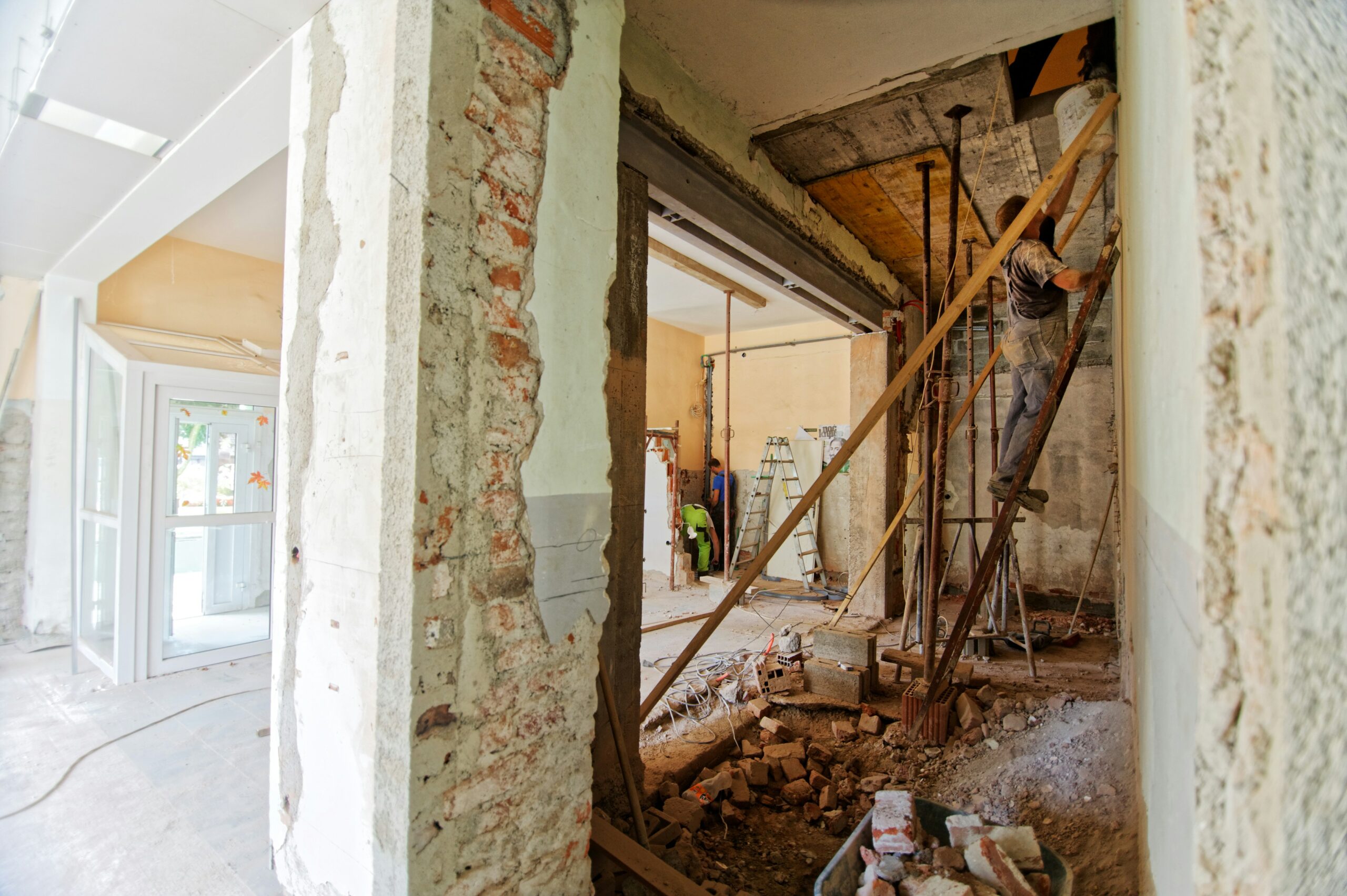Hey there, fellow real estate enthusiasts! Are you thinking about diving into the exciting world of fixer-upper investing? As a first-time investor, you might be feeling a mix of excitement and apprehension, and that’s totally normal. Trust me, I’ve been there! While fixer-upper investments can be incredibly rewarding, they also come with their fair share of challenges. But don’t worry, I’m here to help you navigate those challenges and set you up for success.
First things first, let’s talk about finding the right property. It’s easy to get caught up in the idea of snagging a bargain, but not every cheap property is a diamond in the rough. Take my friend John, for example. He thought he’d hit the jackpot with a low- priced fixer-upper, only to discover later that the foundation was in shambles. Needless to say, that “bargain” ended up costing him a pretty penny. The lesson here? Always do your due diligence! Create a thorough property evaluation checklist and don’t be afraid to look beyond the surface level.
Next up, let’s discuss renovation costs. It’s crucial to have a realistic budget in mind, but even the most careful planners can hit unexpected snags. Just ask Mark, who initially budgeted $30,000 for his fixer-upper, only to discover a host of electrical and plumbing issues that sent his costs soaring over $50,000. Ouch! The key to avoiding a similar fate is to partner with experienced contractors who can help you anticipate potential problems and to build a healthy contingency fund into your budget. My friend Lisa did just that, and she was able to complete her renovation on time and within budget. Way to go, Lisa!
Now, let’s talk about the elephant in the room: cash flow. Juggling renovation costs, holding costs, and financing payments can feel like a high-stakes balancing act. Poor David learned this the hard way when he took out a short-term loan for his fixer- upper and then ran into renovation delays. The result? A serious cash flow crisis. To avoid a similar scenario, it’s essential to secure adequate financing with favorable terms and to maintain a cash reserve that can cover several months of holding costs. Emily’s a great example of someone who did this right. She secured a 12-month loan with a competitive interest rate and kept a 6-month cash cushion on hand. When she sold her property 10 months later, she walked away with a tidy profit. Nicely done, Emily!
Finally, let’s discuss the legal and regulatory side of things. Zoning laws, building codes, and permit requirements can be a real headache, but ignoring them can lead to even bigger problems. Just ask Rachel, who dove into her renovations without securing the necessary permits and ended up with a stop-work order and a pile of fines. Talk about a nightmare! The smart approach is to do your homework upfront, just like Michael did. He researched the local zoning laws and building codes, partnered with an architect who knew the permit process inside and out, and made sure all his ducks were in a row before swinging a single hammer. The result? A smooth, stress-free renovation process.
So there you have it, folks! Fixer-upper investing can be a wild ride, but with the right knowledge, preparation, and support, you can absolutely crush it. Remember to do your due diligence, partner with pros, and keep a close eye on your cash flow. Most importantly, don’t be afraid to lean on your fellow investors for advice and encouragement. We’re all in this together!
If you’re feeling fired up and ready to tackle your first fixer-upper, go for it! Just keep these lessons in mind and remember that every challenge is an opportunity to learn and grow. Happy investing, my friends!




